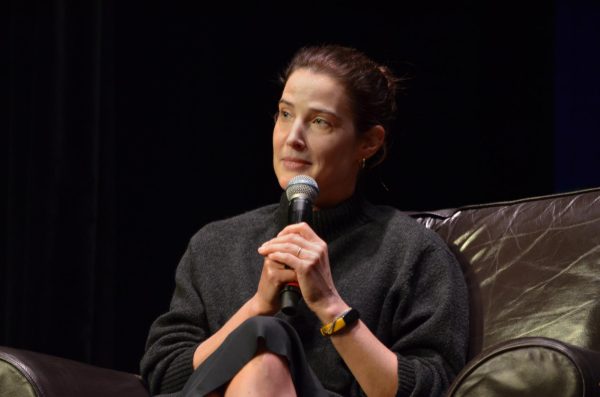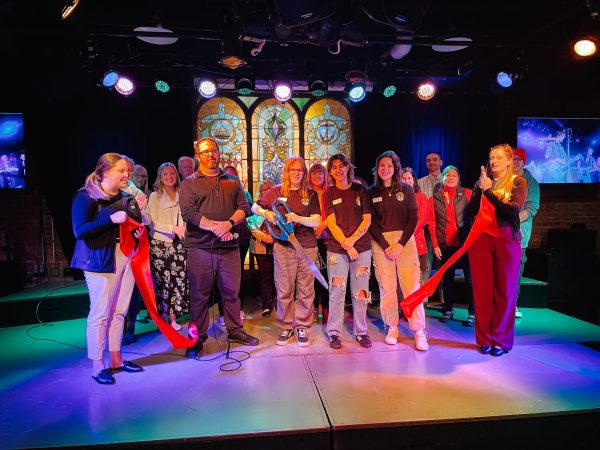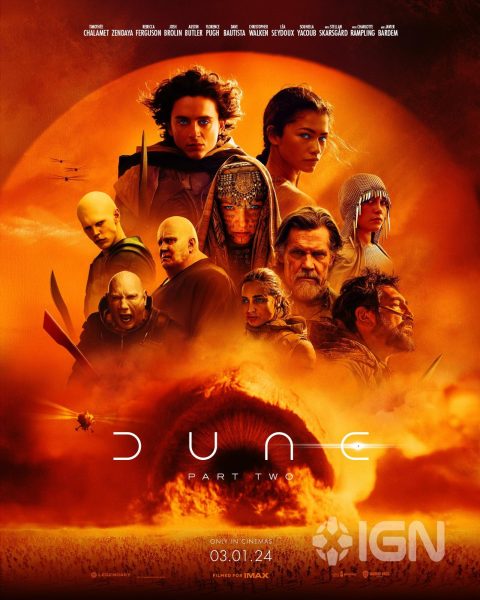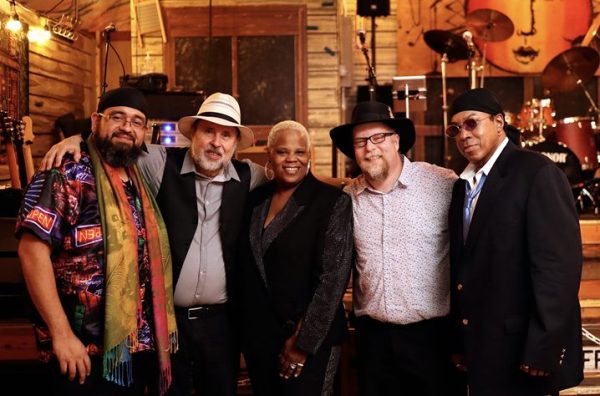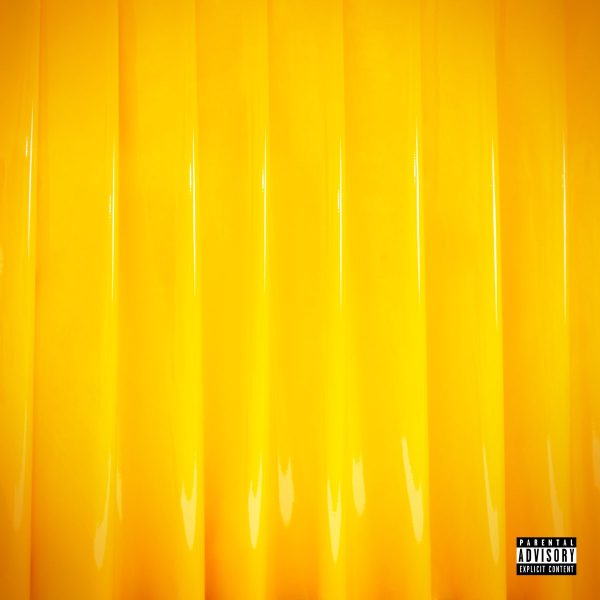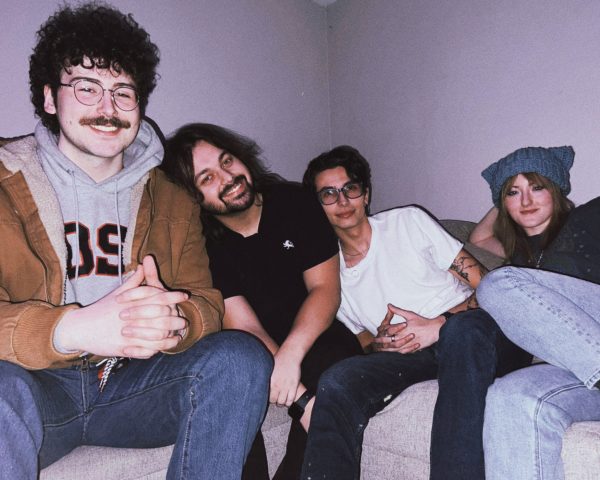FromSoftware kicks up the challenge in ‘Sekiro: Shadows Die Twice’
March 24, 2019
FromSoftware, developers of “Bloodborne” and the “Dark Souls” series, have evolved their proven formula yet again in “Sekiro: Shadows Die Twice.”
“Sekiro” is a challenging and engaging adventure through a fictional take on a war-torn feudal Japan. The near-perfect combat mixed with fun traversal mechanics and an interesting world the game inhabits make “Sekiro” a memorable experience that will carry you to the very end of the game and perhaps through an additional playthrough. With the play-time in this game coming in at roughly 50 hours, I would say it is well worth your money.
In “Sekiro: Shadows Die Twice,” you play as Wolf, a shinobi royal guardian who has lost everything to a war that has been raging for years. The setting of the game is in the 1500’s in Sengoku-era Japan; this is not Japan as we know it, however; there are mystical and fictional threats awaiting you. From the start of the game, Wolf is forgetful of his past but finds a goal: find and protect the “divine heir,” the young ruler Kuro. This initial mission goes haywire; Wolf’s arm is sliced off in a duel and Kuro is kidnapped. Wolf passes out, awakening in a strange dilapidated temple with a new, mechanical prosthetic arm. The man who saved Wolf and gave him the replacement arm is a hermit named “The Sculptor.”
Wolf’s original goal of finding and protecting Kuro is what most of the game focuses on. Much of the story in “Sekiro” is given to the player in short cutscenes or by eavesdropping on people in the environment. Along this path of revenge and searching, Wolf will regain lost memories from his past and encounter countless enemies that will prove a match to his own abilities.
The combat in “Sekiro: Shadows Die Twice” is reminiscent to the combat in previous FromSoftware games. Much like “Dark Souls,” the player will be locking onto the enemy and will attack while dodging, blocking and parrying. Similar to “Bloodborne,” “Sekiro” encourages the player to act more aggressively in combat situations, as the enemies are fast and must be overwhelmed in many cases. “Sekiro” evolves this combat formula by getting rid of the stamina bar and replacing it with a posture bar, which you and your enemy have. You fill the bar up by continuously attacking the enemy. Once the enemy’s posture bar is full, the player can execute a satisfying deathblow.
The prosthetic arm the Sculptor gives to Wolf is customizable; there are crossbow arms, flamethrower arms, axe arms and many other types to equip and use in combat. “Sekiro” also differs from previous FromSoftware games by including a jump button. Players are now able to traverse the battleground with a dedicated jump button, which allows you to go over enemies and out of danger.
The new jump mechanic isn’t only useful in combat, it is necessary to climb walls and to leap from platform to platform to progress through the level. Wolf’s prosthetic arm has a grappling hook that is always on the arm, regardless of the attachment. This grappling hook allows you to ascend buildings or trees at given vantage points in mere seconds. This kind of verticality was never possible in previous FromSoftware games, so it is interesting to see it implanted so skillfully in this installment. Players are also now able to hug walls and crouch, both of which help in the stealth aspect of the game.
The game’s stealth, is not done in any half-measure; it is a fully implemented and very functionally capable system that has never appeared in a FromSoftware game until now. Wolf can scale ledges and hang from cliffs as well. All of these new traversal mechanics given to the player help to make “Sekiro” a fast and more engaging experience.
Much like previous FromSoftware games, “Sekiro: Shadows Die Twice” is a rogue-like action adventure game (rogue-like meaning you lose items when you die), only “Sekiro” is a rogue-like where you cannot specifically reclaim lost loot. There are shrines that you can rest at which refills your health and your primary healing items, but also respawns all enemies, even the ones you’ve already killed.
The bosses in this game are difficult and extremely difficult at some points. In almost every level, there is a mini-boss you must defeat to progress, before encountering an actual boss. These bosses are fast, have large hitboxes, large health bars and have a very wide range of moves. It takes memorization of move sets, twitch reaction time and patience to conquer these bosses.
There is loot to be picked up throughout the world as well, whether it be new arm attachments, health items, combat enhancers, or crafting/upgrade materials. When you kill enemies, they drop coins for you to collect which you can use to buy various things from merchants and from the shrines that you rest at. One of the most important items you can buy are spirit emblems, which are used as a type of ammunition for all of the shinobi prosthetic arm’s abilities.
The general presentation of this game is superb. The graphics are adequate, but the lighting and coloration of the environments, as well as the animations of the NPCs and the player character, more than make up for them. From the beautiful red leaves covering the ground to the way the water glistens to the way a drunken enemy stumbles around, “Sekiro” succeeds in delivering a believable visual achievement. The sound design is excellent as well. You can hear everything in the environment, ranging from a burning house to a yelling man, and from a muddy footstep to the clang of swords making contact. Both the sound and visuals in this game help to elevate the experience to a whole new level. The world of “Sekiro: Shadows Die Twice” is gloomy and treacherous like previous FromSoftware games, but also like those previous games, it contains a beautiful canvas of colors and sounds and lights that swirl together to create a stunning product depicting a beautiful country ravaged by war.
Progression in this game is very different from previous FromSoftware games. No longer do you funnel a currency into different skill bars. In “Sekiro,” you collect arm attachments in the environment and bring them to the Sculptor to fit them to your arm. The arms are the only new main equipment you get throughout this game. You stick with your original outfit and sword without upgrading either of them, but you can upgrade the general abilities of Wolf using experience from killing enemies. These upgradeable abilities include new moves for fighting and traversing the world. Players are also able to increase their health and posture bar and the amount of times you can use the healing gourd by using items found within the game.
“Sekiro” is well balanced in its difficulty levels, but it should only be considered if you are prepared for an extremely challenging experience. For fans of “Bloodborne” and “Dark Souls,” you know what you are getting into with this game, and will likely enjoy it. It has that eerie and unforgiving experience you can expect from every FromSoftware game, but with a new setting and a new take on the existing formula. “Sekiro’s” new precision-based combat mechanics are a lot to get accustomed to making it one of FromSoftware’s most difficult titles yet.
“Sekiro: Shadows Die Twice” is available now on PlayStation 4, Xbox One and PC.







